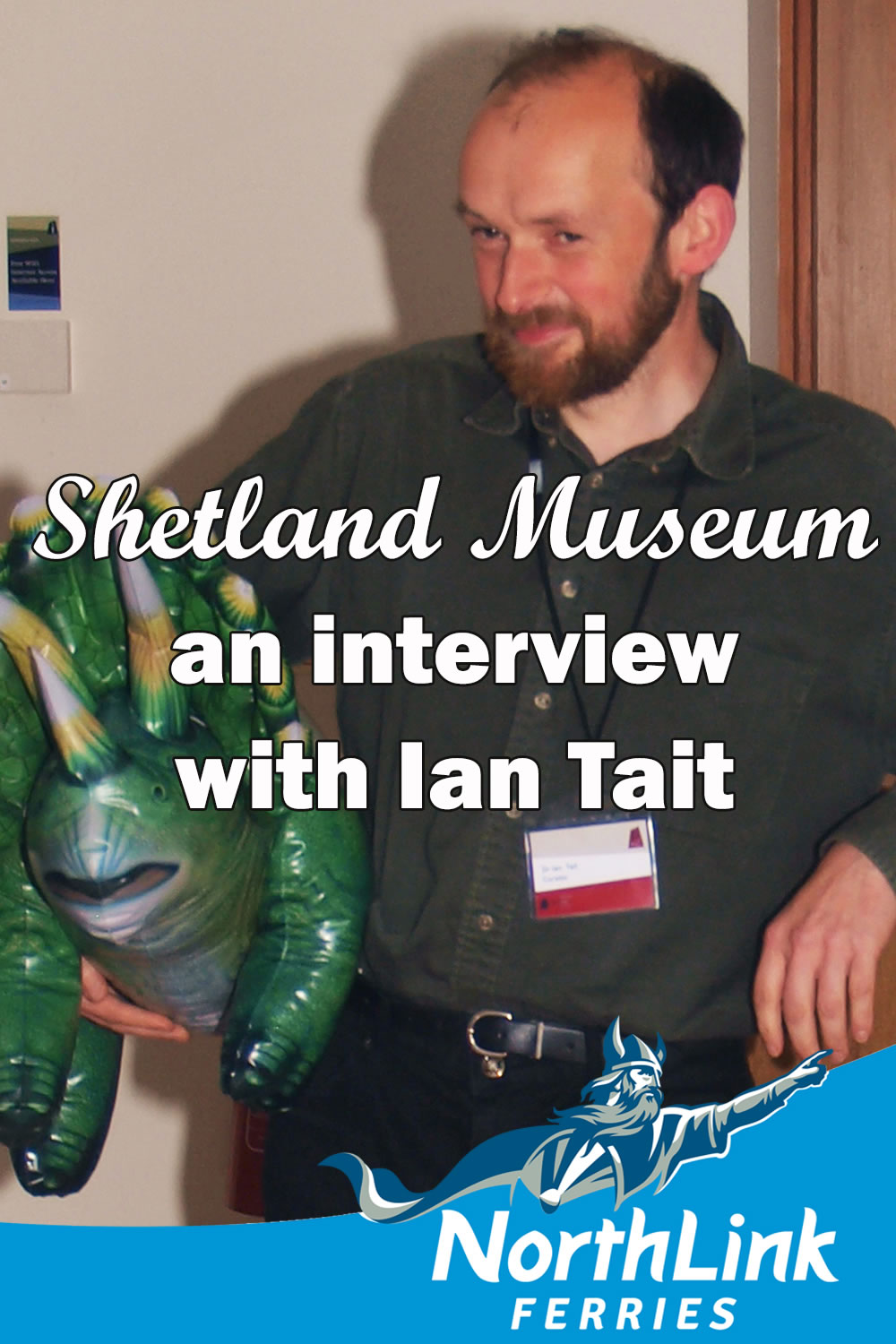Shetland Museum and Archives – an Interview with Ian Tait
Shetland Museum and Archives opened its doors in the spring of 2007 and is a treasure trove of artefacts relating to Shetland life and culture. The museum is located on Hay’s Dock, one of the last remaining areas of original dock on Lerwick’s waterfront.
“Every year that goes by there’s always new surprises, new discoveries, dug up or found in a building or found in a photo album. There’s something new all the time in this home of old things.”
Ian Tait, Curator of Collections at the Shetland Museum and Archives, talked to us about the museum and what visitors can experience there!
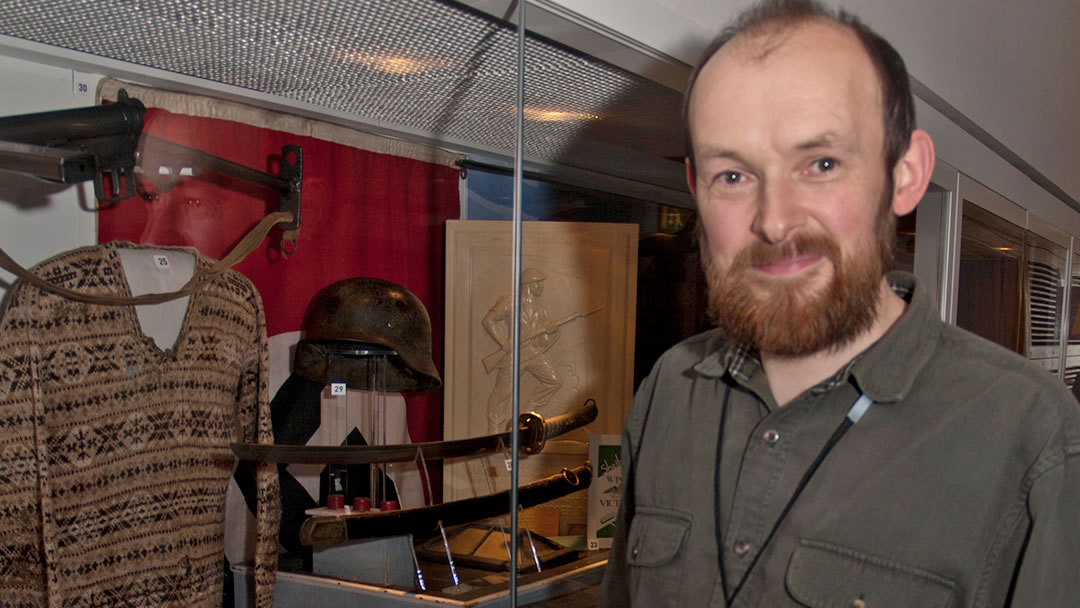
Q. The Shetland Museum is a new building – when was it built and was there a museum in Lerwick beforehand?
A. If you compare Orkney with Shetland – Shetland has always been lagging behind Orkney in the preservation of its heritage – there’s been museum provision in Orkney a lot longer than there was in Shetland.
However, we’ve had a permanent museum in Shetland since 1966. At that point the local authority founded the Shetland Museum in a building which was shared with the local library. The old archives department was in another building, built in 1976.
When development began on the replacement for that museum it was decided that it would share the premises with the local archives department. It opened in 2007.
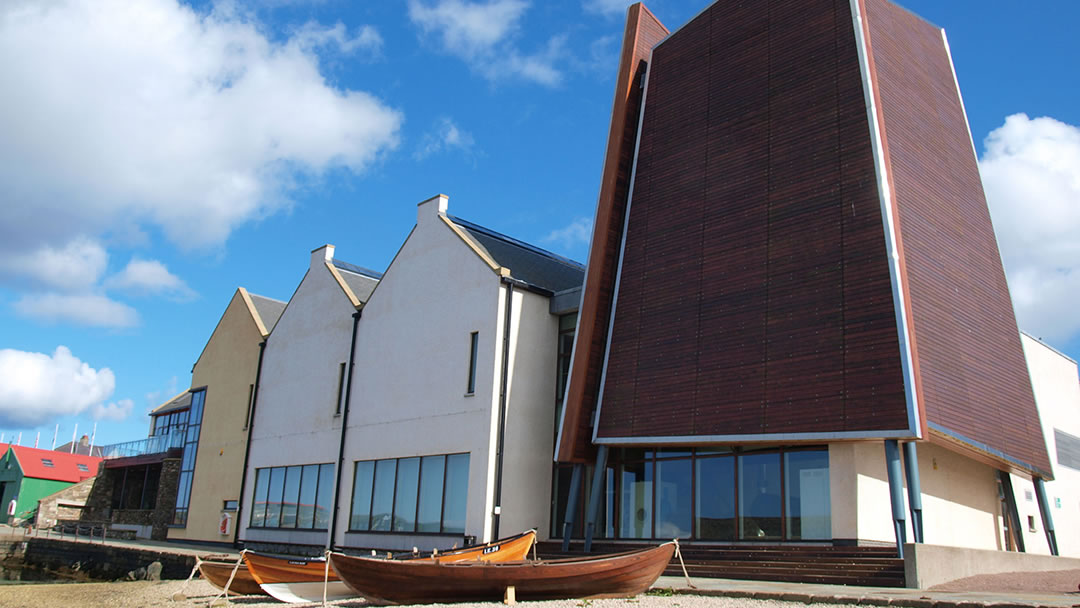
Q. Where was the old museum located?
In retrospect, it wasn’t a very good location, it was in central Lerwick which would seem like a good idea but of course any museum or heritage facility in Shetland would be expected to be fairly near the sea. We are an island group and so much of our history has been governed by the sea – either by people coming in or people going out, or exports or imports.
The old museum was very much inland, at the back of the crest of the hill that Lerwick sits on. When you were actually in the museum you couldn’t even see the sea as you were surrounded by buildings on all sides. The new museum site was selected here in the harbour, on the site of a former industrial business.
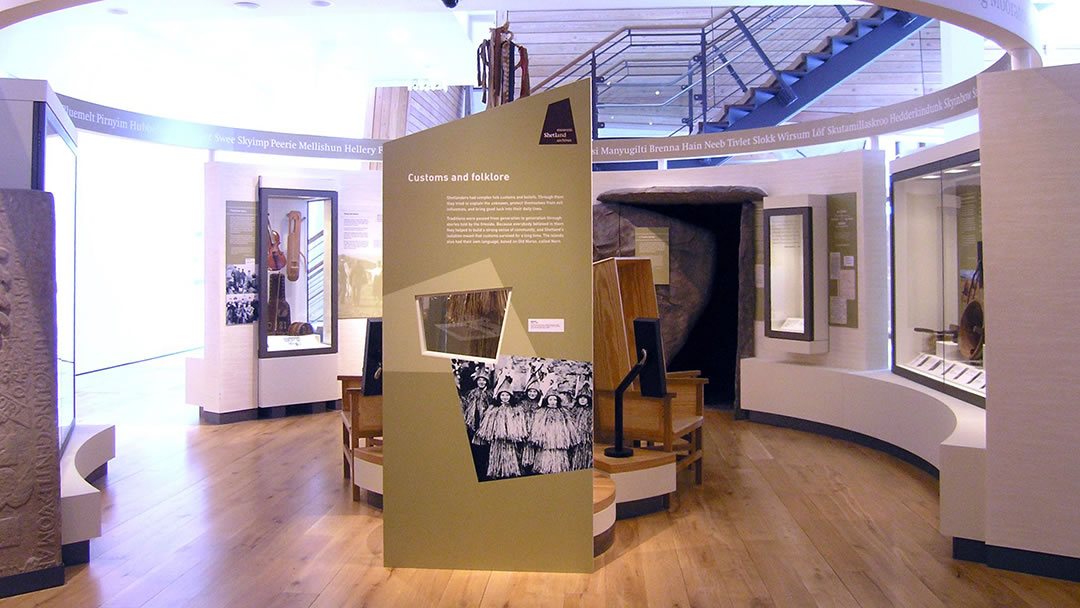
Q. What exhibits can visitors to the Shetland Museum expect to see?
A. Well, what you can expect to see when you come here is a three dimensional and two dimensional regime of the whole of Shetlands history in a balanced way. So, if you are unfamiliar with Shetland history and culture you can see the entire story because we treat everything in proportion and balance so we don’t have too much about farming or fishing or industry or archaeology – we’ve got a little bit of all of it!
On the ground floor of the museum you start with ancient geological history – you go through the first human discovery of Shetland and the cultural and the historical development through from Stone Age into the Iron Age.
Then you come to the major cultural shift that happened with the Viking colonisation, and then the stability through the middle ages into the 16th century and within that section, by the time that you’re beyond the medieval period, we broaden it out into different themes.
Up to that point we display our artifacts chronologically but once you get beyond that period we split it up into themes. We have a look at home life, farm life, the fisheries and commercial fishing’s beginnings. When you move to the upper galleries, we again stick with the thematic approach and we deal with the bigger changes that happened here at roughly 1800, when Shetland came to be more part of the wider world.
When our development started to mirror what was happening elsewhere, change happened more quickly. We cover the decline of the church and the increase of the state, government involvement bringing with it benefits like health and education and downsides like involvement in wars – the Napoleonic wars, the World Wars.
You get demographic change, so we cover the way that folk left the land and started urbanising. The major industries are covered – we have displays about the tourism industry, the ascendancy and then the decline in the textile industry and merchant shipping. We cover the ascendancy of the oil industry and the see-saw experience of the fisheries.
So that’s what a visitor would see – there’s a bit of everything for everybody and we try to do it through not dwelling overly on any one method so it’s not all just artefacts in cabinets. We have a very lively educational service here so we have interactives in the gallery and an ongoing programme throughout the year for adults and children. We have informal sessions like crafts, storytelling or more formal sessions like school visits linked into the curriculum and fascinating lectures!
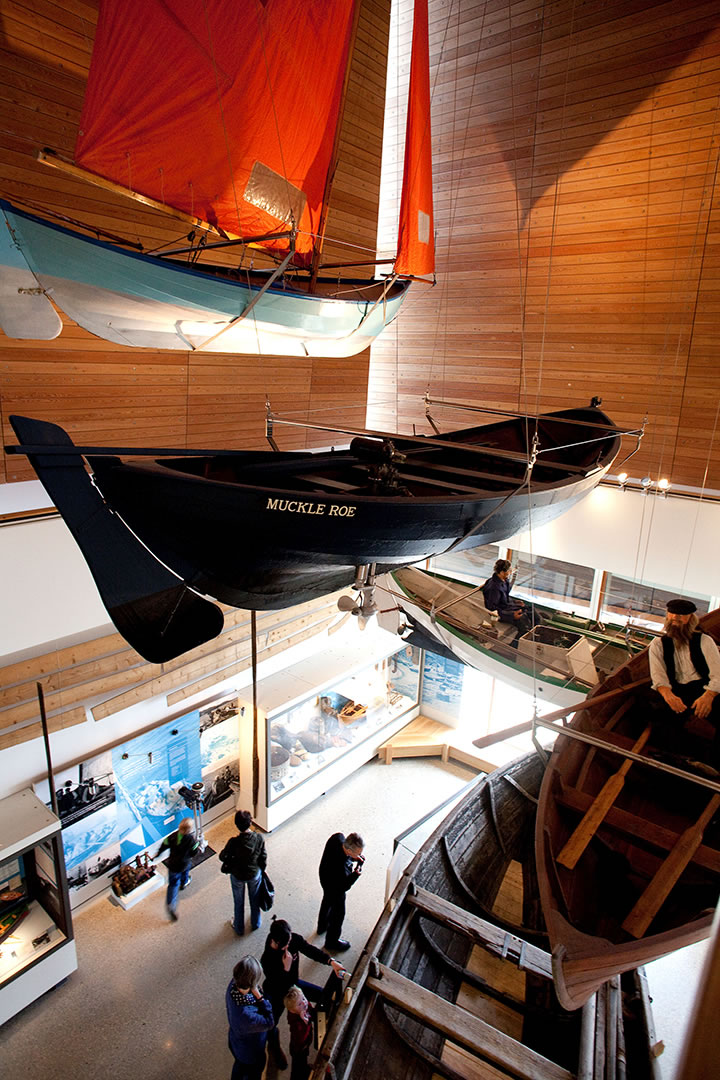
Q. What exhibit in the Shetland Museum attracts the most attention?
A. If folk come here for the first time, the things that attract most attention tend to be highlight archaeological artefacts like the early Christian sculptured stones that we have here such as the one from Papil in Burra. The textiles, in specific Fair Isle knitwear, also attract a lot of attention because if you’re not from Shetland you’ll likely have heard of Fair Isle knitwear.
The boats are quite eye-catching too, partly through the architecture of the boat hall. It’s a dramatic display with boats suspended above your head. You tend to think of them afloat or on a beach, not suspended in the air! So probably those three broad sectors are the things that attract the most attention!
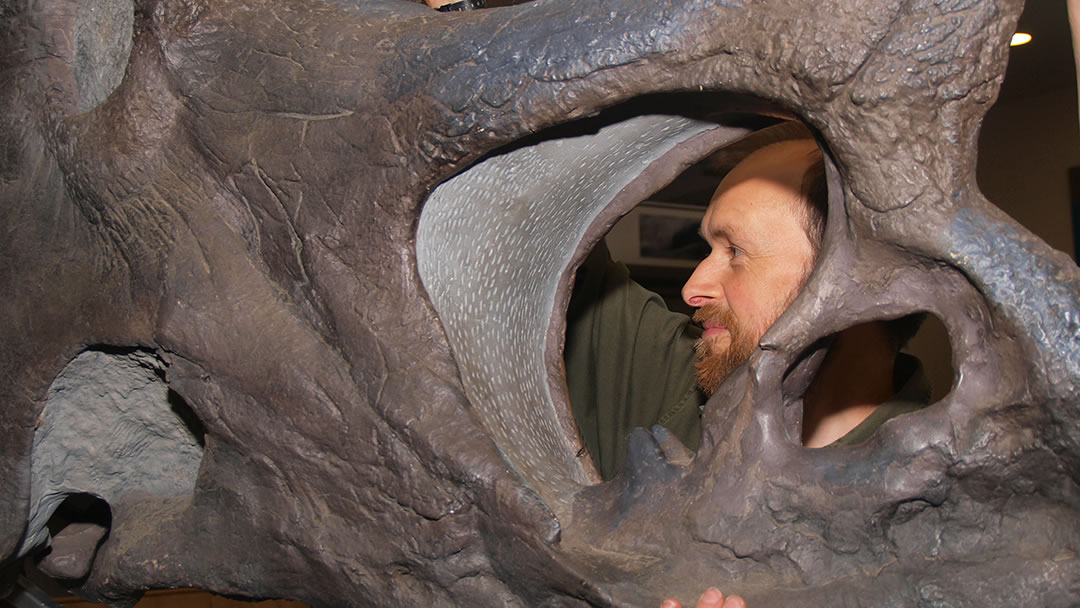
Q. Do you have changing exhibitions at the Shetland Museum?
A. Yes we do indeed! There are two main strands of that – there’s changing art exhibitions and then there’s changing artefact exhibitions.
The art exhibitions are more in the public eye because we have an exhibition hall here called ‘Da Gadderie’ which is purpose made and branches off the main exhibition area. We have a constantly changing programme there throughout the year and welcome visiting and local artists. We display paintings, sculptures or photographs!
We also have exhibitions that we develop ourselves from time to time, where we try to commemorate a specific thing. Sometimes it’s a travelling show like the Lewis chess set, the Triceratops skull or an exhibition about Don McCullin the famous landscape and war photographer, which of course has nothing to do with Shetland but is of interest to local audiences. We also focus on things of our own culture – so our exhibition which started in September is about a local cartographer who made the first map of Jamaica in the 18th century.
There are changing artefact displays too. These are individual cabinets which focus on one specific aspect – we have one at the moment on a local blacksmith and one on a local shipwreck. They’re quite small scale and we call them the focus displays because they focus in on particular subjects!
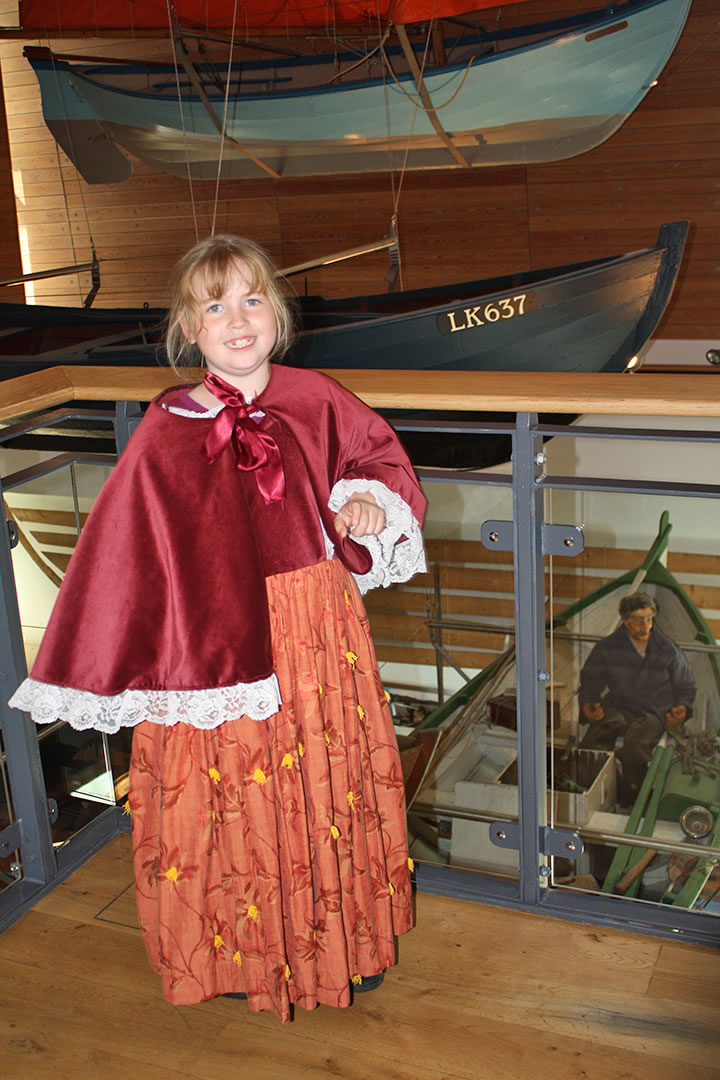
Q. Does the Shetland Museum have anything of interest for children?
A. Yes, we do! When we developed the museum, no one had access to internet at home but now of course everybody does. We try to offer different experiences to what you can get at home.
We have a quernstone where children can have a go at grinding their own barley – this is very popular. You can touch heather and straw and feel rope, and we have a ‘sitty-in’ boat in the boat hall. An extremely popular exhibit the learning service developed here is a kist upstairs that has 19th century garments to try on and old toys. You can see what went on in Victorian times with clothes, mangles, laundry and fancy table settings!
We also have our learning programmes – art sessions where bairns can make their own paintings and collages and this is extremely popular.
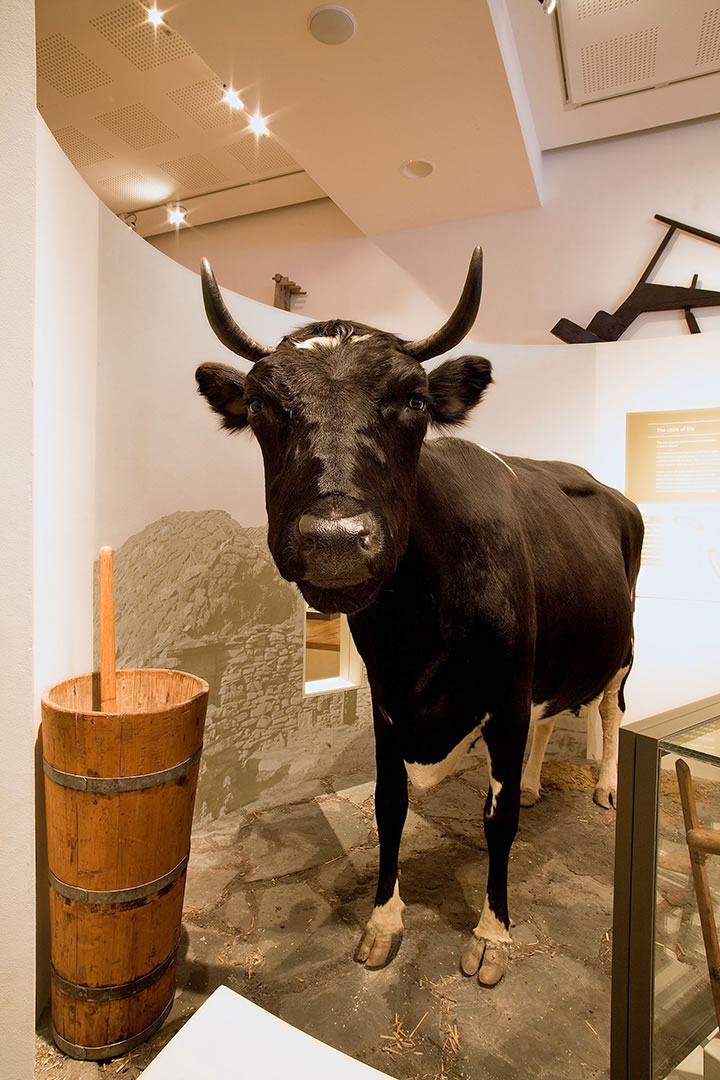
Q. We love the boats outside in Hay’s Dock. Can you tell us a bit about them?
A. Yes, the boats in the collection here are examples of traditional Shetland boats that you can see on display inside as part of the permanent exhibition. These are irreplaceable items and the best place for a museum boat is indoors.
However, we also have boats on the beach outside which were constructed in relatively recent years. The knowledge of and the activity of constructing these traditional Shetland boats is still alive and we are seeking within our parent trust to promote that knowledge of boat building. You can examine them close up and see them in their natural outdoor environment. If you wish you can even clamber into them!
Throughout the summer months there’s three boats that staff members will use to take folk out into the harbour and you can see, enjoy and photograph Lerwick from a small boat. As the boats that go from Aberdeen to Shetland keep getting larger and larger, this is a great opportunity for folk to go small. Weather and staff permitting, it’s very popular because it’s an opportunity for folk to live life in the slow lane – no motor involved, just the very satisfactory creak of the oars and the swish of the sea on the blades of the oars and there’s silence to be able to have conversations – there’s no booming tanoys and the rumble of engines, its all very low key!
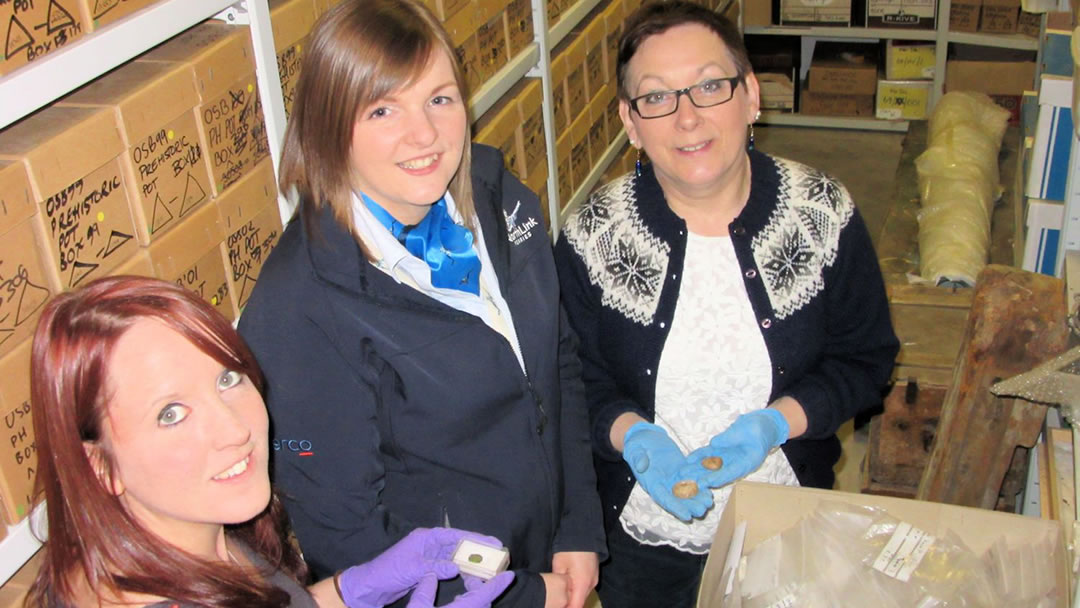
Q. NorthLink were delighted to help with the transportation of artefacts from Old Scatness. Can you tell us why this was important?
A. It was important for us because Old Scatness is the largest archaeological dig undertaken in Shetland since the 1920s and the finds from that excavation – the Jarlshof excavation – are all in Edinburgh as there was no museum here at that time.
So it’s one of the two biggest excavations to ever take place in Shetland – jarlshof being the biggest one and it’s by a long long stretch the biggest assemblage of archaeological artefacts to enter this museum – it dwarfed our next biggest collection!
The Old Scatness artefacts are also in the public eye because the excavation has only very recently finished being excavated, and with the publication of the site just completed, the next stage in the development of it is that our parent organisation, the Shetland Amenity Trust, are looking into trying to capture major international funding to develop the site into a visitor attraction.
So the bit of the jigsaw linking the two between excavation and enabling on site interpretation is to get the finds back home again. All excavations go through a phase of having been dug up, in this case by the University of Bradford, then being conserved and analysed, then they get published. Finally they get allocated back to a museum. Having been allocated to Shetland we were then presented with the problem of how to get them here!
This was a major excavation with a major bulk of finds – many a pallet full – which were now situated in Bradford. We were presented with this problem of transporting many cubic feets worth of artefacts a long distance. We were very grateful that NorthLink Ferries were able to help with the transportation!
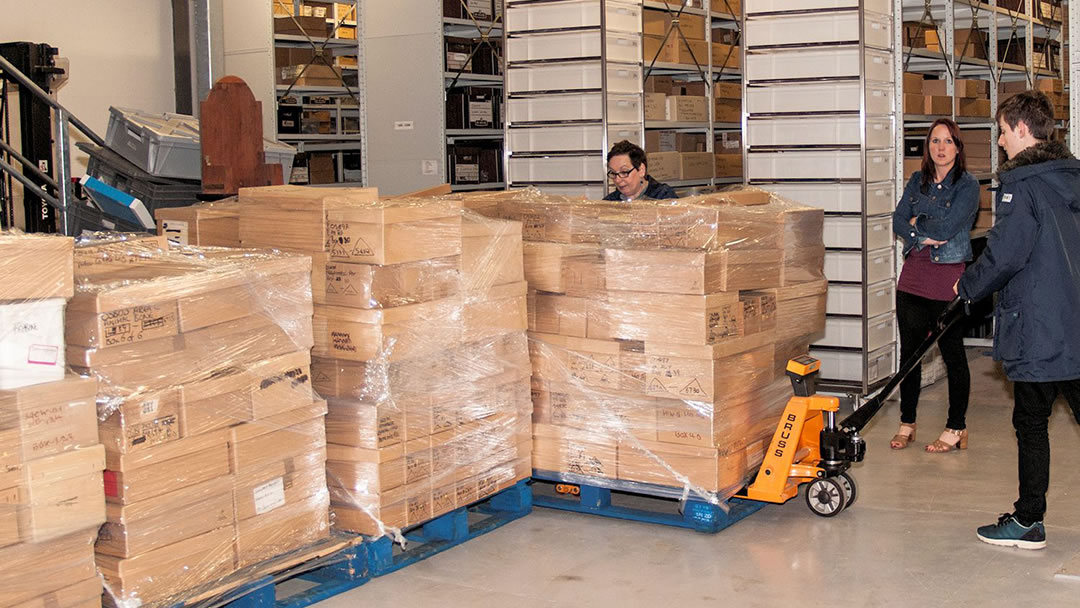
Q. We noticed you got a new exhibit from seven-year-old Eilith Gunn! Can you tell us a bit about what this was?
A. We’re unusually fortunate here, because I think the folk in Shetland very much think it’s their museum, it’s not a place that’s aloof and not relevant to them unless they’re interested in history – so folk are very generous and we get donations of things coming in here every week.
Folk do find archaeological things occasionally and this particular instance came about because a family had been out on a beach near to where they stay. Archaeological sites here are abound. Perhaps in Orkney there are very major sites separated by a lot of prime agricultural land, but in Shetland we probably have more sites but they are not so major, more small scale and humdrum.
These conditions lend themselves very well to the accidental discovery of everyday items and we were absolutely charmed when it was a young lass who had found this archaeological object; it wasn’t an adult. Eilith Gunn and her family came in seeking to know what the object was and I was able to tell them that it was a prehistoric bead – they had thought it perhaps had been a spinning whorl but it was too small for that. I explained to them that because the technology didn’t change for many years it could be as recent as 2000 years old, but then because of the coastal nature of the site and how it had eroded, it might be a 5000 year old Neolithic find. It was certainly unusual to find a complete one!
Eilith and her family felt the best place for it to be was the museum. I hope that Eilith goes on to take an interest in local history!
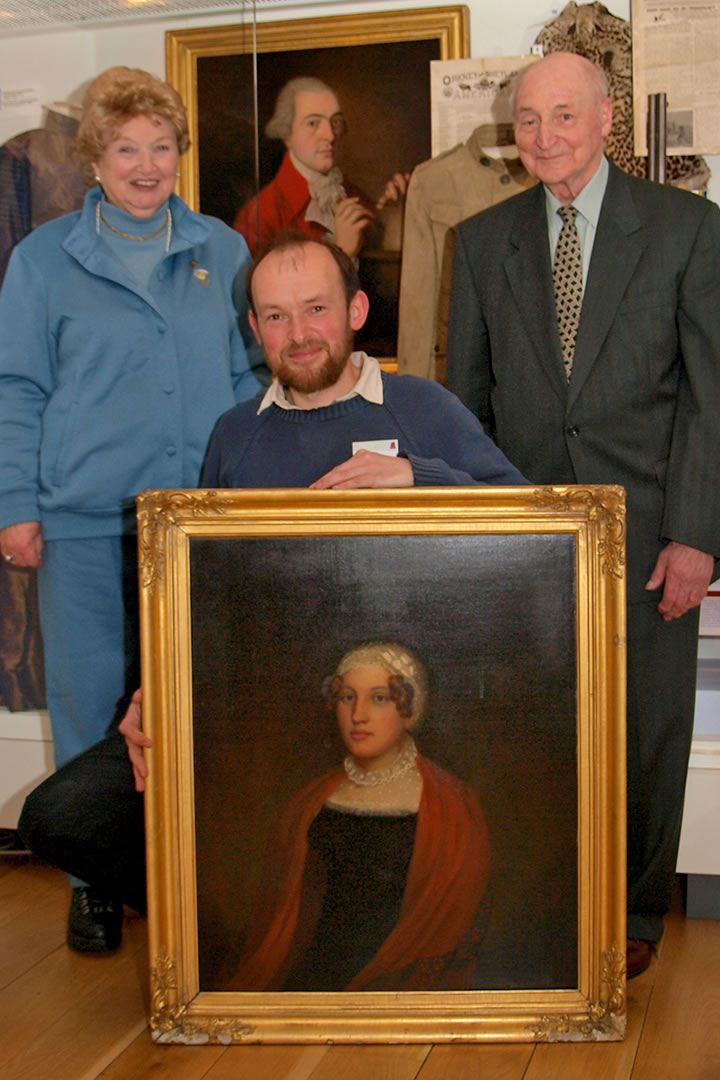
Q. When did you start working at the Shetland Museum, and do you enjoy it?
A. Believe it or not I started as far back as 1984 and I absolutely enjoy it. To me, myself and the organisation are completely indivisible, I can’t really think outwith museum mode. I have the opportunity to work every day with the thing I love most, which is local culture and history. It’s a thing that you shouldn’t take for granted, but I do!
Every year that goes by there’s always new surprises, new discoveries, dug up or found in a building or found in a photo album. There’s something new all the time in this home of old things.
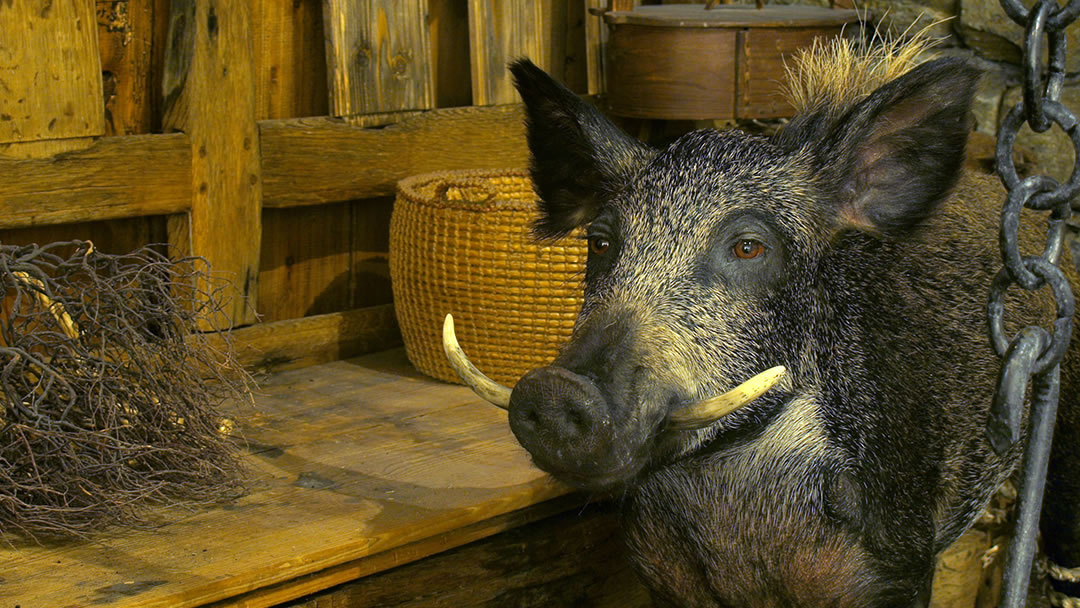
Q. What is your favourite artefact in the Shetland Museum and why?
A. That’s probably the only question I can’t answer! It’s like saying what your favourite meal is – I like a roast dinner but I like trifle too! There’s as much merit in an 18th century navigational instrument found in a shipwreck as there is with a 19th century straw basket!
Q. Do you have a shop in the Shetland Museum?
A. Yes we do. In the shop, the merchandise that’s on sale relate in a broader sense to the local history. There are publications on archaeology, children’s gifts in a maritime theme and Shetland produced craft items such as knitwear or model boats – there’s a very broad range.
Q. Have you had any special guests visiting the Shetland Museum?
A. We do from time to time; I suppose the gauge of the special guest is have they appeared on the telly? In the past we’ve had Michael Palin, and this year we’ve had Dan Snow the presenter and historian, Jeremy Hardy the comedian, James Bolam the actor and the Faroese Prime Minister Kaj Leo Johannesen.
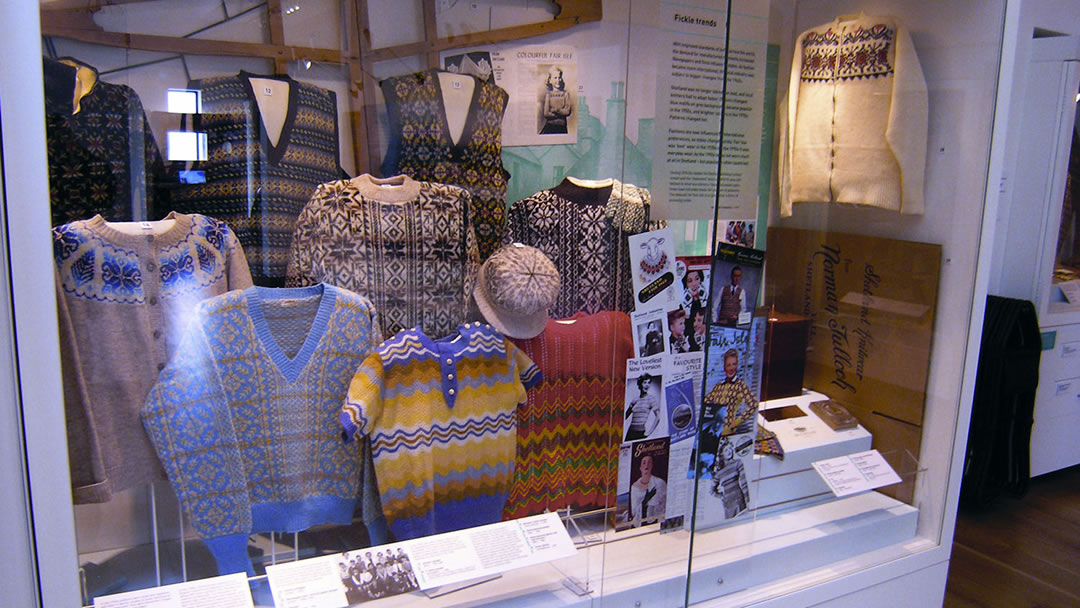
Q. What would you like a visitor to take away from the experience of visiting Shetland Museum?
A. I would hope that they would take away a fairly complete broad view of what the islands are about. If you’re a local person you’re going to have a fairly clear view of what Shetland’s about and we always get specialists – boating or knitting or archaeological buffs who want to come and see more yoals and cardigans and Viking helmets.
However I would hope the visitor would go away with the idea that this was a rural place steeped in a prehistoric and later Norse past that gave way to assimilation within Britain and became part of the wider economy.
 By Magnus Dixon
By Magnus DixonOrkney and Shetland enthusiast, family man, loves walks, likes animals, terrible at sports, dire taste in music, adores audiobooks and films, eats a little too much for his own good.
Pin it!
